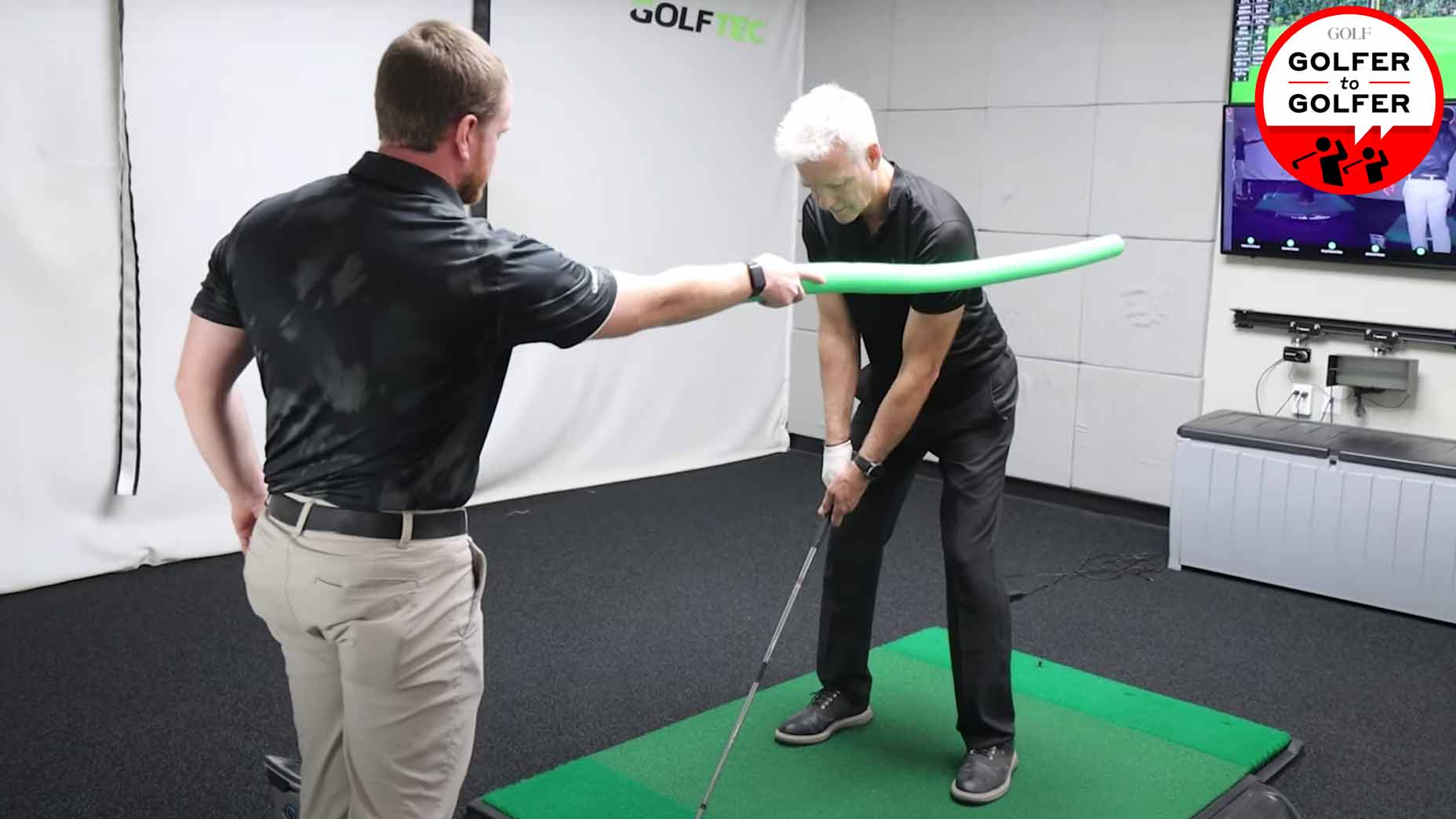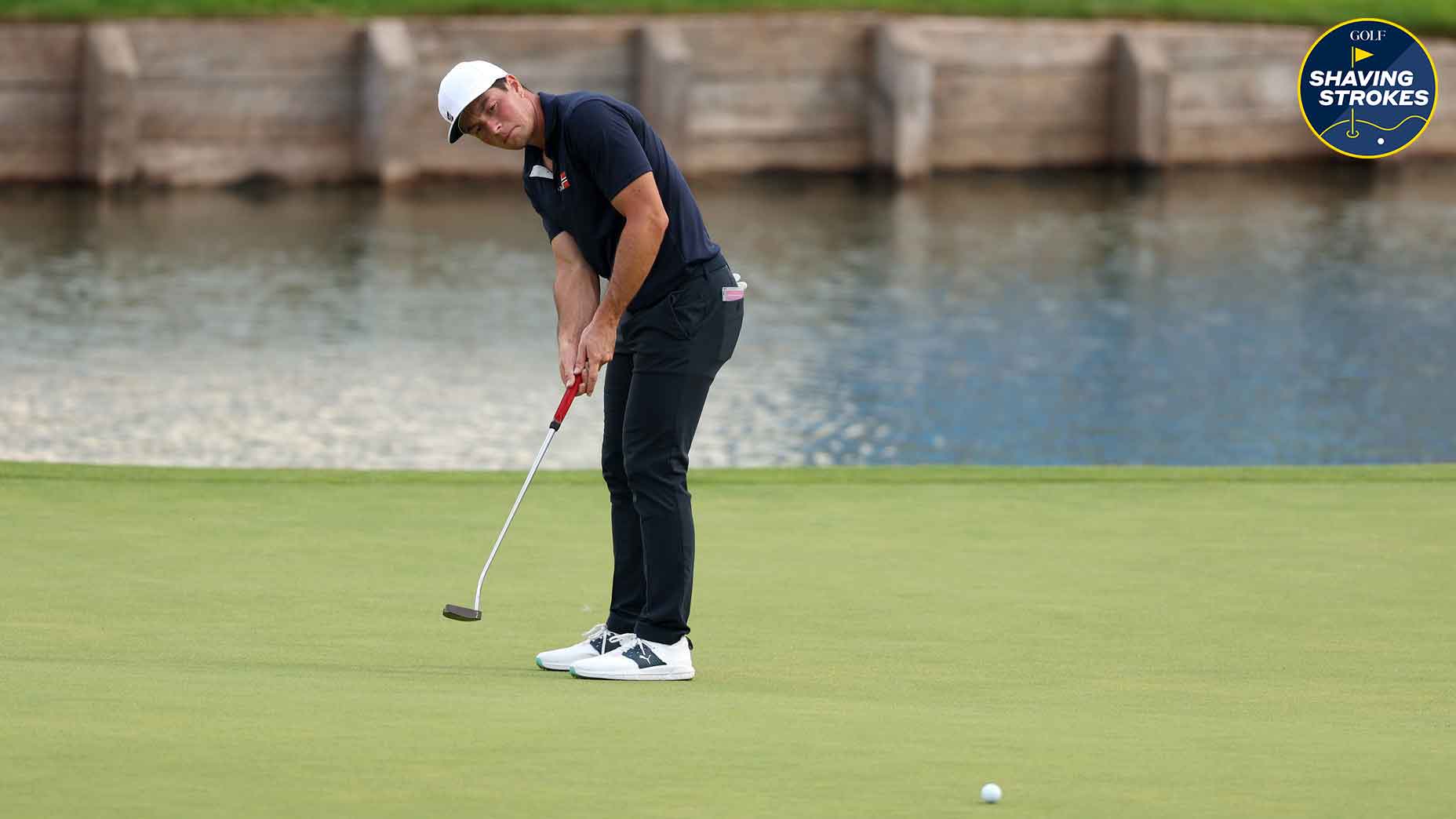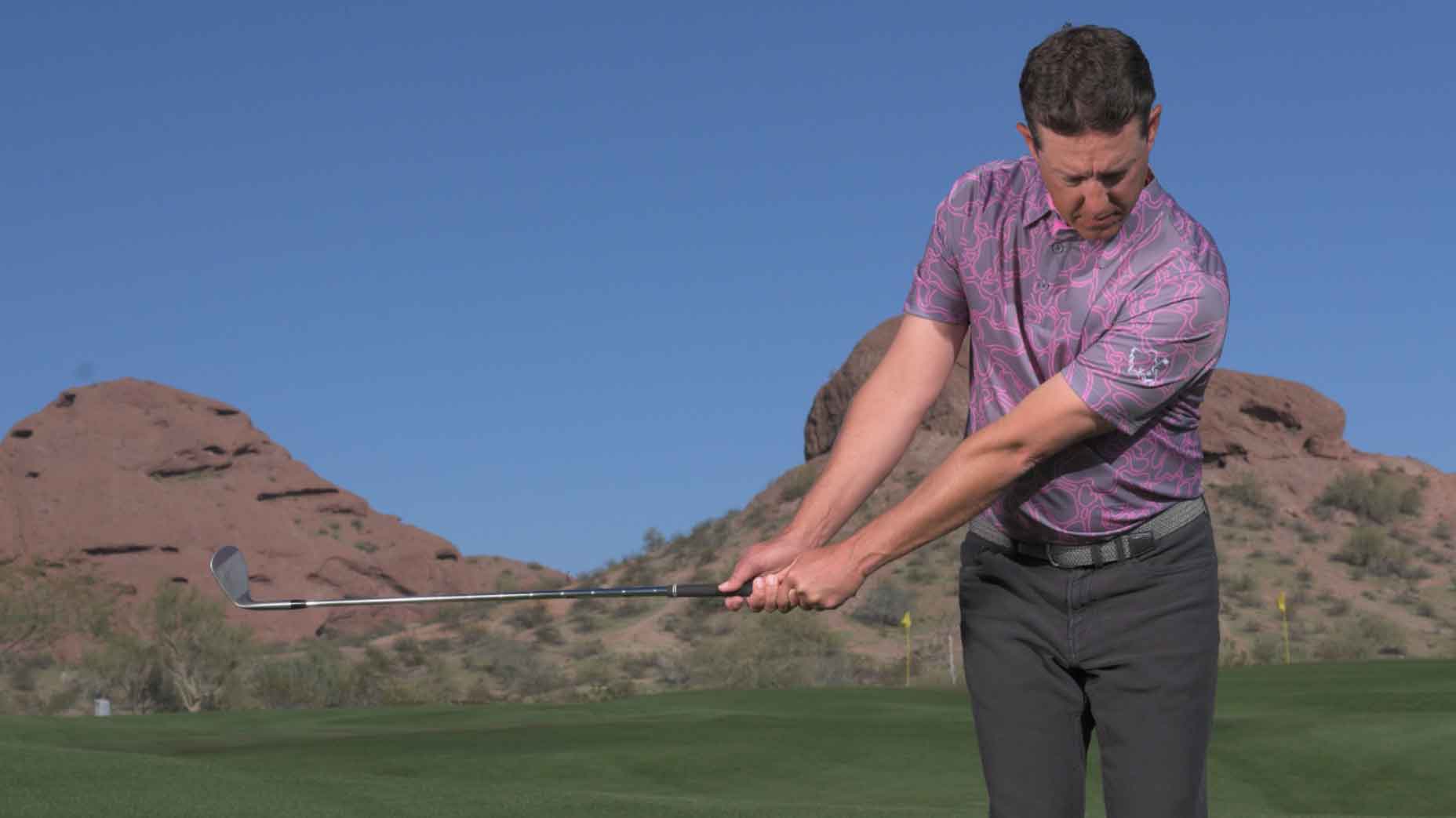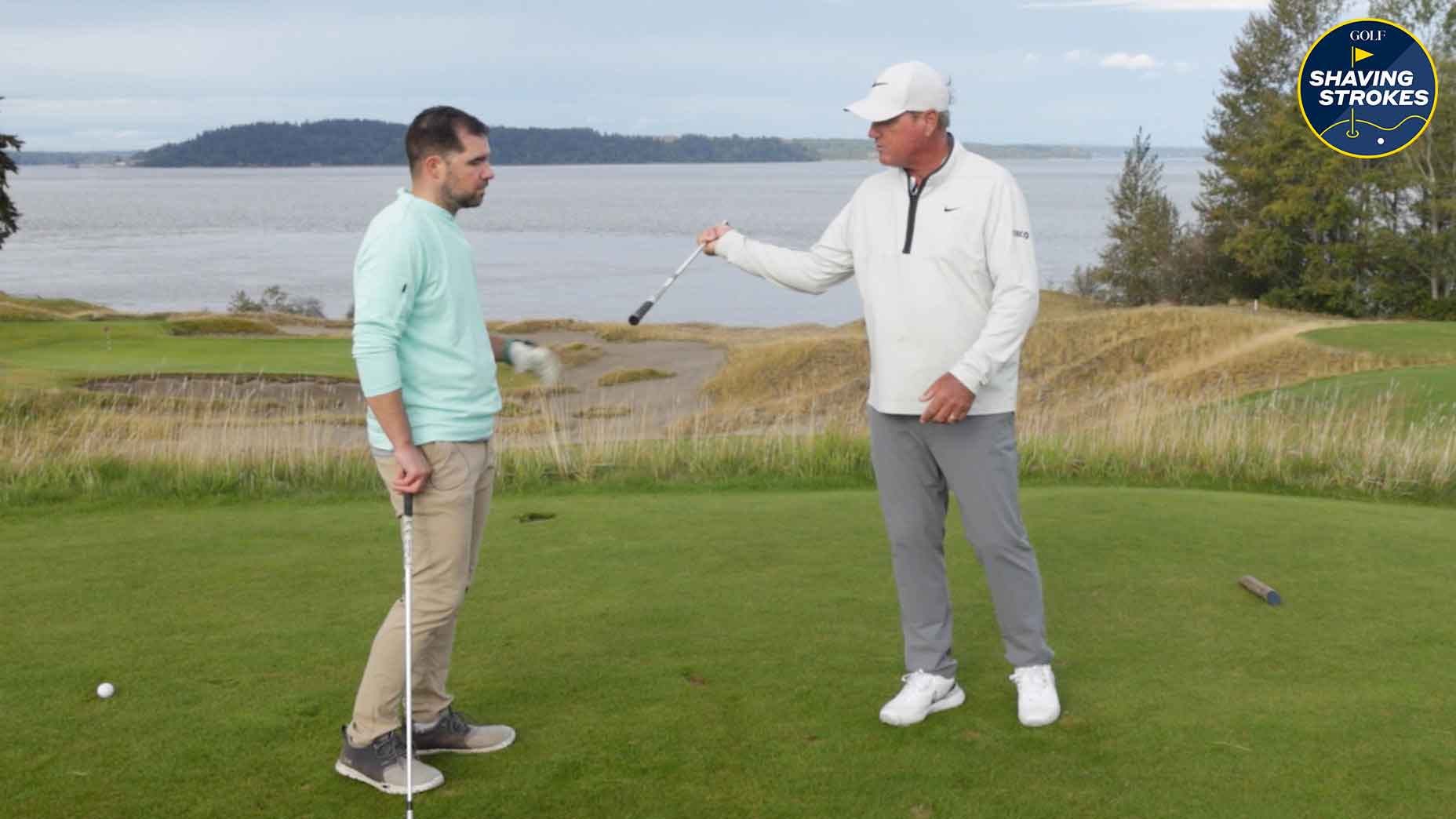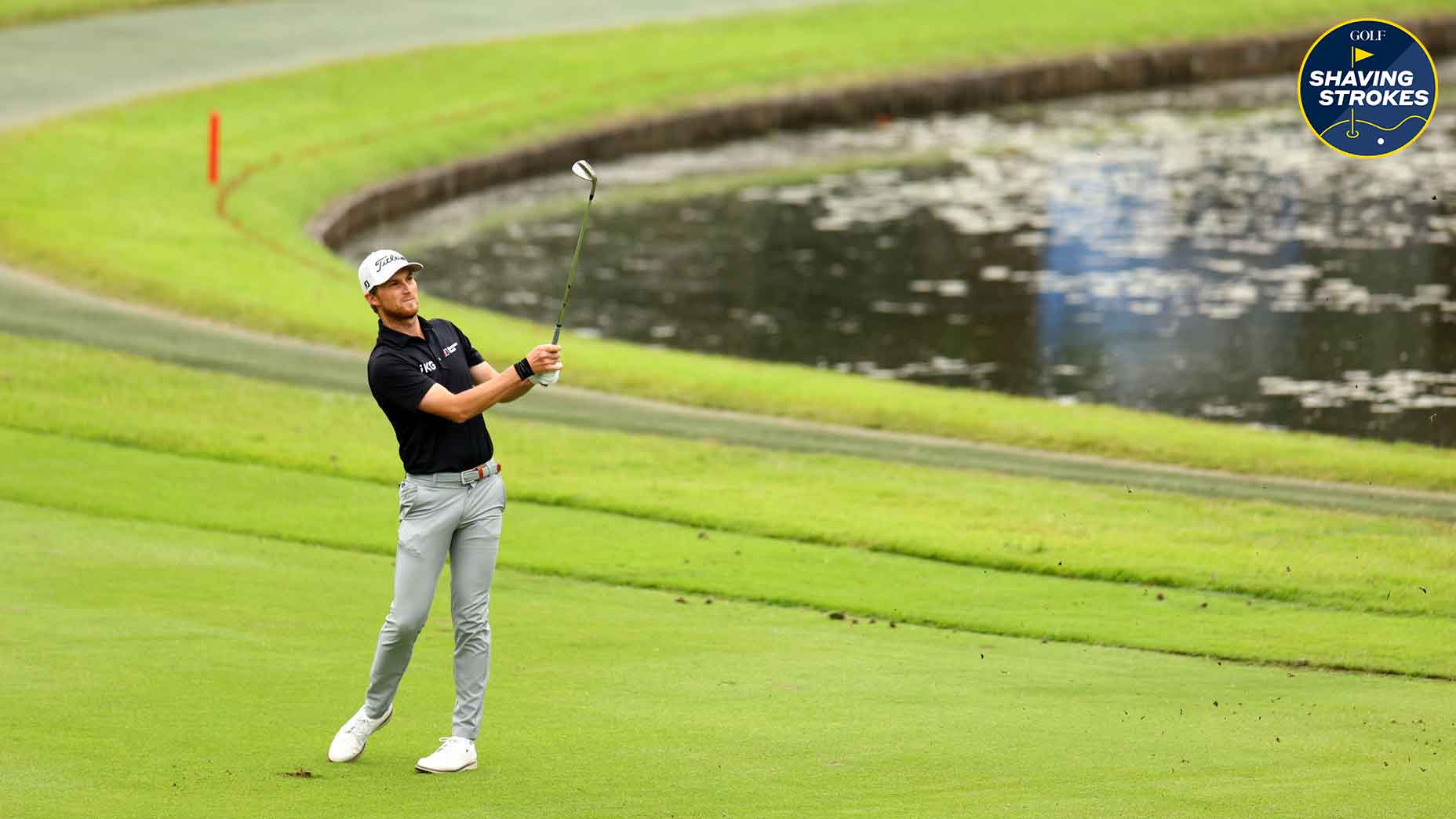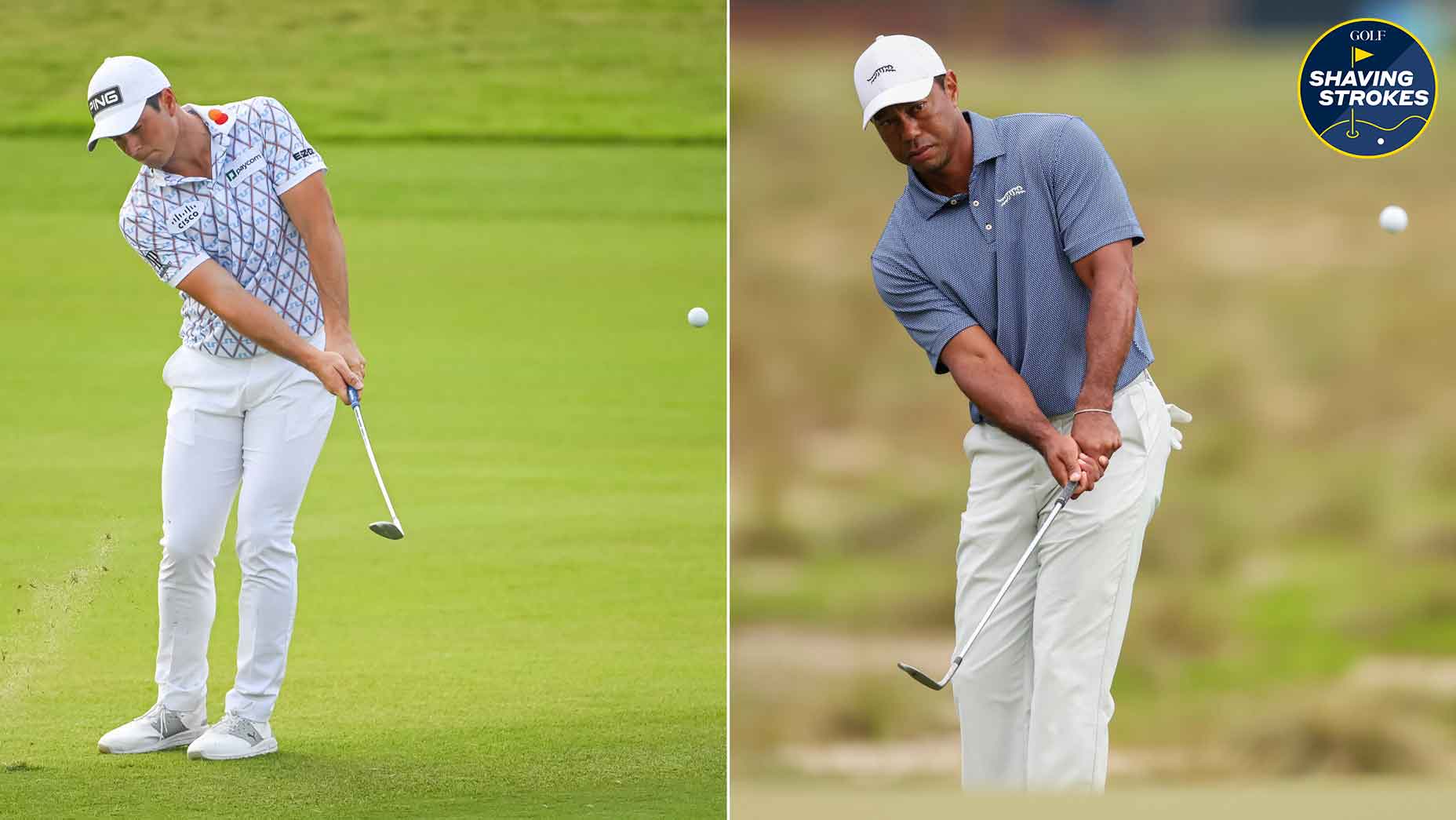Avoid making these mistakes during your first-ever golf lesson, says top teacher
- Share on Facebook
- Share on Twitter
- Share by Email

Planning your first golf lesson? Great! Just make sure to avoid making these mistakes.
Getty Images
New golf season, new you!
As the springtime approaches and more rounds of golf get planned, you’ve made a pledge to yourself that this is the year where you finally make big gains. That means practicing more often, focusing on the areas you need to improve the most, and finally signing up for a golf lesson to figure out the right plan to shave strokes.
While exciting, actually going to a golf lesson can be intimidating — especially if you don’t know what to expect.
How this golfer fixed his slice with just 1 lessonBy: Zephyr Melton
Are you expected to see instant improvement? What if your golf teacher asks you to do something that you’re incapable of doing? Heck, can you even trust that taking a lesson will make you better? And if so, how quickly can you expect to see lower scores?
Take a deep breath and keep on reading, because GOLF Teacher to Watch TJ Yeaton has some suggestions on how you can survive your first-ever golf lesson — and offers a few tips on what you should avoid doing.
How to survive your first-ever golf lesson
Imagine you’re 20 minutes into your first golf lesson and just can’t seem to get the ball airborne. As your coach gives you feedback and shows you video of your swing, you can’t help but ask yourself if you’re even capable of doing any of this. Each shot seems to be getting worse, with your mind now negatively impacting your performance.
Frustrated, you turn to the teacher and sheepishly ask, “am I your worst student?”
Avoid self-doubt
According to Yeaton, this is actually a common question he hears almost daily in his performance center.
“Coaching sessions often involve a discussion about the process of changing and growing as a golfer,” he says. “There are a few things that I’d like you to be aware of that can help improve your experience and put your mind at ease during a lesson.”
Don’t assume you know what’s wrong
Outside of the negativity referenced above, Yeaton says too many amateurs also come in with a preconceived notion that they already know what’s happening.
“Lots of students approach a first golf lesson with the idea that they know what they’re doing wrong, but they can’t seem to fix it on their own,” he tells me. “No disrespect, but it’s rarely the problem.
“If there’s data supporting the idea they have, that’s fine. But most of the time their feeling is based on something subjective. So I suggest trying to head into your first golf lesson with an open mind, making sure you’re receptive to the plan and suggestions from your coach.”
Don’t be afraid to challenge yourself
Another common error that players make during a first lesson is the excuse related to physical limitations.
According to Yeaton, when a student says that their body can’t do something, it’s up to the coach to explore the reason why, and then offer up a solution that best fits the student.
How a 20-handicap dropped 5 strokes with smarter golf practiceBy: Dr. Alison Curdt , Nick Dimengo
“As coaches, we have to explore a bit to find out what you are and are not capable of doing physically,” he says. “However, in my experience, students are more than capable of making the suggested change, but confuse doing something challenging with a physical limitation.
“We’re biologically programmed to avoid change and discomfort, which makes the process difficult. Don’t confuse challenging with can’t! Just because it’s difficult doesn’t mean it’s not worth pursuing.”
Be willing to accept feedback
Lastly, Yeaton says that the players most likely to see success are the ones who open themselves up to feedback.
“The number one reason golfers fail to make lasting changes to their technique is due to lack of objective feedback,” he says. “Part of your practice must involve some kind of objective feedback beyond your own subjective feelings.
“Using training aids that are specific to what your coach wants you to work on is a great start. We often use alignment sticks in lessons to exaggerate swing movements, so utilize these and record your swing with a phone. Does it look like what it should feel like?”
Yeaton finishes by describing his favorite type of student to teach — and it has nothing to do with ability.
“I often get asked which types of players are the best to coach,” he adds. “If you’re open-minded, stay patient, engage in the process, and try your best, those are the players I like to work with the most.”

Divot Board
$99.99
View Product
Latest In Instruction

Golf.com Contributor

Nick Dimengo
Golf.com Editor

